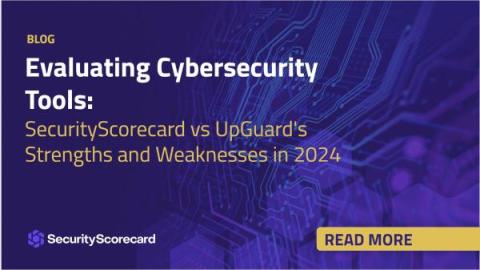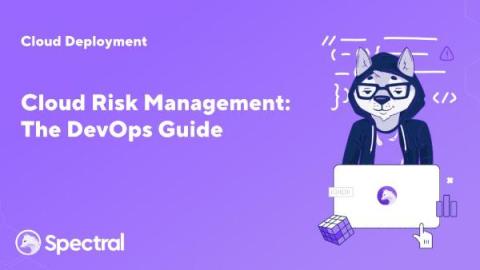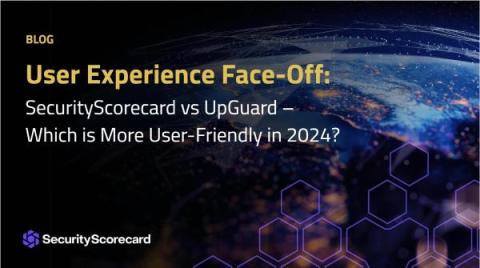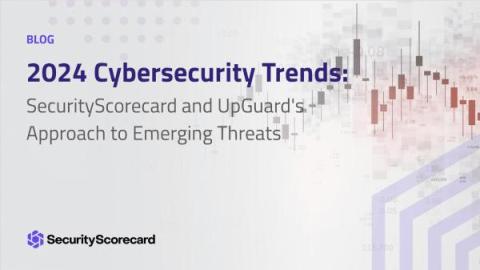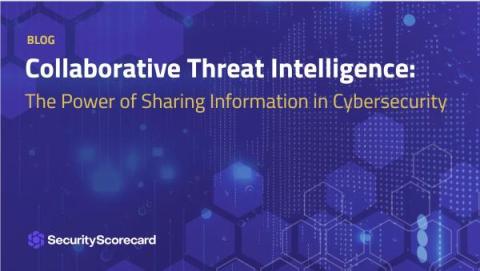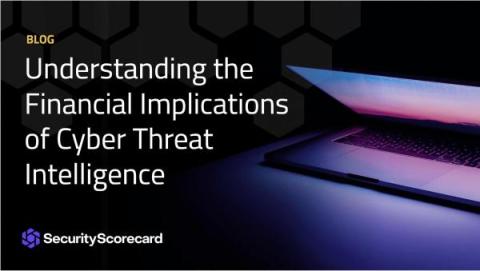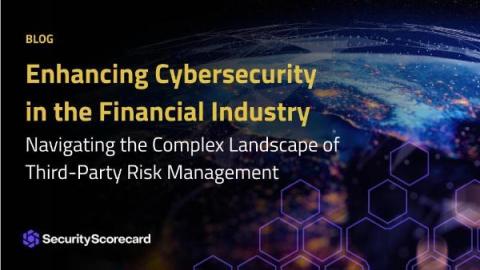Evaluating Cybersecurity Tools: SecurityScorecard vs UpGuard's Strengths and Weaknesses in 2024
In the rapidly evolving field of cybersecurity, choosing the right tool can be a game-changer for businesses. As we move into 2024, two major players stand out: SecurityScorecard and UpGuard. Let’s delve into a comprehensive comparison of their services, pricing, and notable features to understand their strengths and weaknesses.


